If you love DIY beauty or are an aspiring cosmetic formulator, chances are you’ve thought about making your own homemade sunscreen before. And honestly, it’s easy to see why. With growing concerns over the ingredients used in mainstream products and the countless recipes for sunscreen available online, making your own sunscreen might seem like a smart move.
But here’s the truth: you shouldn’t be making sunscreen at home. Even within the professional formulating community, sunscreen is one of the most debated and challenging topics there is. Creating a safe and effective sunscreen requires rigorous testing, deep regulatory knowledge, and a significant financial investment.
We’ve previously explained why coconut oil isn’t a reliable sunscreen alternative. In today’s post, we’re taking things a step further by sharing the five key reasons why DIY sunscreen is a bad idea – and why we don’t teach it in our online formulation courses.
How do sunscreens work?
Sunscreens are cosmetic formulations designed to mitigate or alleviate the adverse effects of ultraviolet (UV) radiation on the skin, which is the most common (and preventable) cause of skin cancer.
Sunscreens either use inorganic or organic filters, which work by reflecting or absorbing UV radiation.
Inorganic sunscreens form a protective layer on the surface of the skin that reflects and scatters UV rays, a bit like a shield. Their effectiveness depends entirely on how evenly they form a film on the skin. If the application isn’t even or consistent, protection will be compromised.
The most commonly used inorganic ingredients, also known as physical or mineral agents, are zinc oxide (ZnO) and titanium dioxide (TiO₂). These are also the most frequent ingredients found in DIY sunscreen recipes.
Organic – or chemical sunscreens – work primarily by absorbing the sun’s rays. These ingredients need to be photostable and stabilised within the formulation to be active. Organic filters are also more likely to cause allergic reactions or skin irritation, which is why most homemade sunscreen recipes rely on physical ingredients instead.
UV rays & SPF
Regardless of whether it is organic or inorganic, for a sunscreen to be truly effective, it needs to be broad-spectrum, which means it needs to filter UVA and UVB rays, which are both responsible for the detrimental effects of solar radiation on the skin.
Whereas UVB is thought to interact directly with DNA to initiate signature mutations of basal and squamous cell carcinomas, UVA wavelengths are believed to interact indirectly, inducing the production of free radicals that may indirectly damage DNA and cause protein damage, which can contribute to photoageing.
One of the most important measurements for a sunscreen’s activity is the SPF. SPF stands for Sun Protection Factor, and it is an internationally accepted standard by which the efficacy of sunscreens is assessed. It is a relative measure of how long a sunscreen will protect you from UVB rays.
Top 5 reasons why you shouldn’t be making homemade sunscreen
Now that you understand more about how sunscreens work, here are the top 5 reasons why you shouldn’t be making homemade sunscreen.
1. Effectiveness
The first (and arguably most important) reason you shouldn’t make your own sunscreen is that you can’t accurately test its effectiveness at home; only in a lab.
After all, sunscreen needs to protect you from sunburn and premature photoageing, and that protection needs to remain consistent no matter the weather and how evenly you apply it, throughout its shelf life.
If you make your own sunscreen, you won’t know its effectiveness unless you test it in a lab. Here’s how sunscreen gets tested:
- You start out by deciding what SPF you want to achieve. You then choose the correct SPF blocker in order to get to that level.
- The sunscreen is then tested in the lab multiple times during the development process to ensure that the SPF is still on track.
- The sunscreen is then tested on human volunteers who are exposed to a specific amount of sunlight. Their skin reaction is then assessed.
- The lab then compares these results with their test results to ensure the SPF matches.
Without this rigorous process, you’re essentially flying blind. Judging your homemade sunscreen’s effectiveness based on how your skin looks or feels isn’t reliable and doesn’t prove your formulation is effective.
Remember, skin redness is mostly linked to UVB rays and doesn’t prove broad protection. Only a lab test will prove if your homemade sunscreen is effective.
2. Time of exposure
The second reason why you shouldn’t be making your own sunscreen is that you don’t know how long you can safely stay in the sun for.
When you lie in the sun for a certain time without sunscreen, your skin will start to turn red. This is known as erythema or sunburn. The SPF of your sunscreen provides an indicator of how long you can safely stay in the sun; it tells you about your formulation’s ability to delay the skin turning red (induced by solar radiation).
If you don’t know what your SPF measurement for your homemade sunscreen is, how do you know how long you can safely stay in the sun?
Even if you decided to stay out in the sun until your skin turned red in order to determine what your formulation’s time of exposure is, it would generally be too late by the time you find out – erythema can occur 6-24 hours after exposure to the sun. Furthermore, your skin type also plays a role in the timing and intensity of erythema.
Interested to learn more about skin phototypes? Then this podcast episode might interest you:
3. Formulation challenges
Even if you’re a formulator and have experience making cosmetic formulations, your homemade sunscreen will likely still not work. You can give it your best, but even the most experienced formulators still find themselves going back to the drawing board when it comes to SPF.
That’s because your SPF is affected by all of the ingredients in your formulation as well as the manufacturing technique you use. Not only is proper dispersion of sunscreen agents important, which can only be achieved with professional lab equipment, but the whole composition of the formula also affects the SPF.
Inorganic sunscreen agents also tend to clump in your formulation, which can have a detrimental effect on your SPF. It might lower it significantly in one place, whilst causing high spots in others. Furthermore, some emulsifiers, stabilisers and certain additives can reduce the SPF.
So even the most experienced formulators will struggle to guarantee that their sunscreen filters are evenly dispersed, do not interact with other ingredients, are photostable and provide broad-spectrum coverage. You would also need to evaluate pH interaction and find an effective preservation system. As you can imagine, this is a financially challenging process, where you will probably end up burning both your money and your skin!
4. Stability issues
All cosmetic formulators face stability issues when formulating (oxidation, degradation, preservation, and clumping, to name just a few). When it comes to sun exposure, dealing with stability is even more important.
Zinc oxide and titanium dioxide are reactive ingredients, so it’s not possible to guarantee that the dispersion of these ingredients will be stable over time in a homemade sunscreen. Zinc oxide, for instance, is a strongly charged particle and tends to form clumps. You won’t be able to spot these clumps in your formulation either, as they are usually invisible to the naked eye.
Remember that sunscreens are intended to be exposed to sunlight, and the ingredients contained in the formula need to be stable, not only whilst inside your sunscreen’s packaging, but also whilst on the skin. For that reason, you will also need to be sure of your ingredients’ photostability and interaction with each other.
5. Safety considerations
By now, you’ve probably figured out that if your sunscreen is not perfectly formulated, with all the sunscreen ingredients evenly dispersed and stabilised, you will most likely not achieve even protection on your skin.
If you are not yet convinced by the technical challenges of making homemade sunscreen, we’ve included some skin cancer facts that will hopefully convince you to ditch your homemade sunscreen recipes for good (vii):
- Ultraviolet (UV) radiation is a proven human carcinogen.
- On average, a person’s risk for melanoma doubles if he or she has had more than five sunburns.
- The Skin Cancer Foundation states that about 90% of non-melanoma skin cancers are associated with exposure to ultraviolet (UV) radiation from the sun.
- Over the past three decades, more people have had skin cancer than all other cancers combined.
- The vast majority of melanomas are caused by the sun. One UK study found that about 86% of melanomas can be attributed to exposure to ultraviolet (UV) radiation from the sun.
- An estimated 90% of skin ageing is caused by the sun.
- The lag time between exposure and tumour diagnosis for melanoma is two decades or more.
We also want to mention the compensation hypothesis here, which suggests that people tend to compensate for the use of sunscreen by spending more time in the sun. This false sense of security can lead to increased UV exposure, making uneven protection even more hazardous.
The verdict: Ditch the homemade sunscreen
As you’ve probably gathered from this post, sun protection is vital. It plays a major role in reducing the risk of skin cancer and premature skin ageing. Sunscreen should be a key part of your sun safety routine, alongside wearing protective clothing, seeking shade, and avoiding excessive sun exposure.
However, you shouldn’t be making your own sunscreen. Unlike other skincare products, which you can easily make at home, sunscreen is a complex, highly regulated formulation that requires lab-grade equipment, clinical testing, and in-depth knowledge of cosmetic science (and for good cause!).
Without lab testing, there’s simply no way to ensure your homemade sunscreen offers reliable protection. So do yourself and your skin a favour by ditching the homemade sunscreen.
Want to move beyond DIY and start creating safe, professional, organic skincare formulations? Check out our free online training and discover how fun, easy, and empowering it is to become a certified skincare formulator.
FAQ
- Is homemade sunscreen safe?
No, homemade sunscreen isn’t safe. Even if it contains organic or inorganic natural ingredients like zinc oxide or titanium dioxide, or botanical seed oils with some alleged sunscreen properties which deflect or absorb the sun’s harmful UVA/UVB rays, homemade sunscreen isn’t effective, safe or stable.
There’s no way of knowing if homemade sunscreen is safe or what its recommended SPF is without putting it through extensive lab testing.
It can be dangerous to use and rely on homemade sunscreens to mitigate or alleviate the adverse effects of ultraviolet radiation on the skin, which is the most important avoidable cause of skin cancer.
- What are the negative effects of sunscreen?
Commercially formulated sunscreen usually contains a plethora of synthetic ingredients in order to provide adequate, tested and proven sun protection factor (SPF) ratings. If your skin is exposed to the sun, use these mainstream, clinically-tested and effective sunscreens.
Do not rely on homemade sunscreen as a move to avoid synthetic ingredients. Also limit the time your skin is exposed to the sun, seek shade and wear clothing to protect your skin to help protect your skin further from damaging UVA/UVB sun rays.
- What are the worst sunscreens?
The worst sunscreens are homemade ones. Using and relying on them to provide adequate sun protection is highly risky. Homemade sunscreens will not have a known sun protection factor (SPF) and will not have undergone required, expensive and extensive clinical testing to determine their efficacy, safety or stability.
References & further reading
(i) International Agency for Research on Cancer, vol. 55, 1992. IARC Monographs on the Evaluation of Carcinogenic Risks to Humans.
(ii) Weinstock, 121-128, 1998. Epidemiology of ultraviolet radiation. In Cutaneous Oncology: Pathophysiology, Diagnosis, Management.
(iii) Weinstock, vol 12, issue 2, pg 159-162, Current opinion in oncology [1040-8746].
(iv) Autier et al, 1999. Sunscreen use and duration of sun exposure: a double-blind, randomized trial.
(v) Guidelines for SPF tests: FDA guidelines and EU standard tests.
(vi) Wang & Lim, 2016. Principles and Practice in Photoprotection.
(vii) The Skin Cancer Foundation, Skin Cancer Facts & Statistics.
FREE TRAINING
Learn how to become an
Organic Skincare Formulator
FREE TRAINING
How to become an
Organic Skincare Entrepreneur
FREE TRAINING
How to become an
Organic Skincare Entrepreneur
Leave us a comment

Eliziane is a Pharmacist and Biochemist, manages our Student Experience Team and provides technical advice for the ingredients research we undertake and provide. She loves bringing together the concepts of science, sustainability and organics. Read more about the Formula Botanica team.

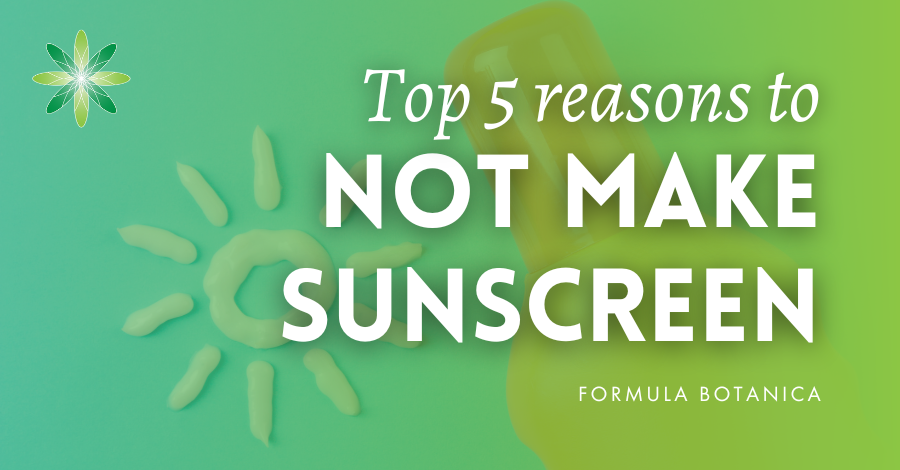
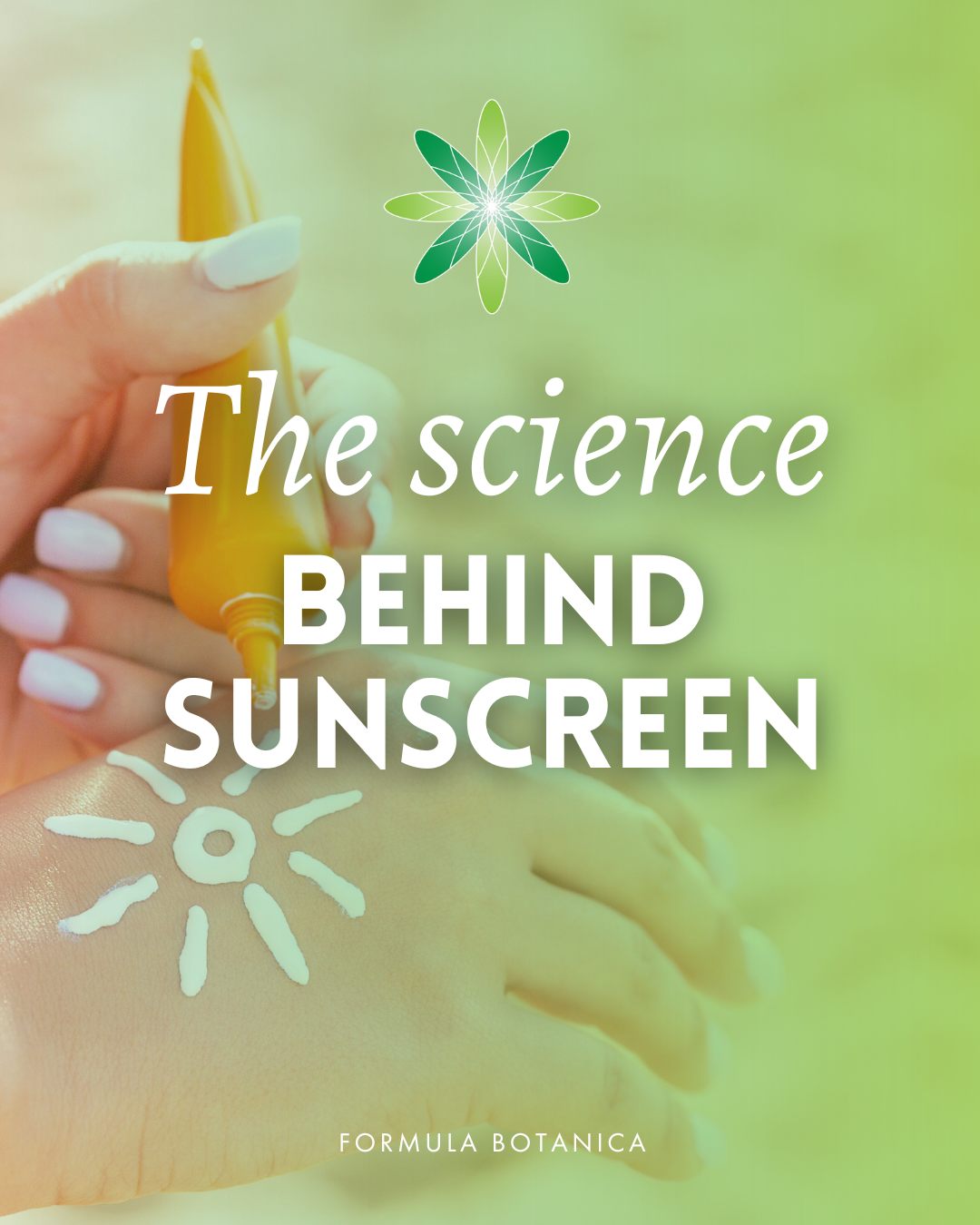

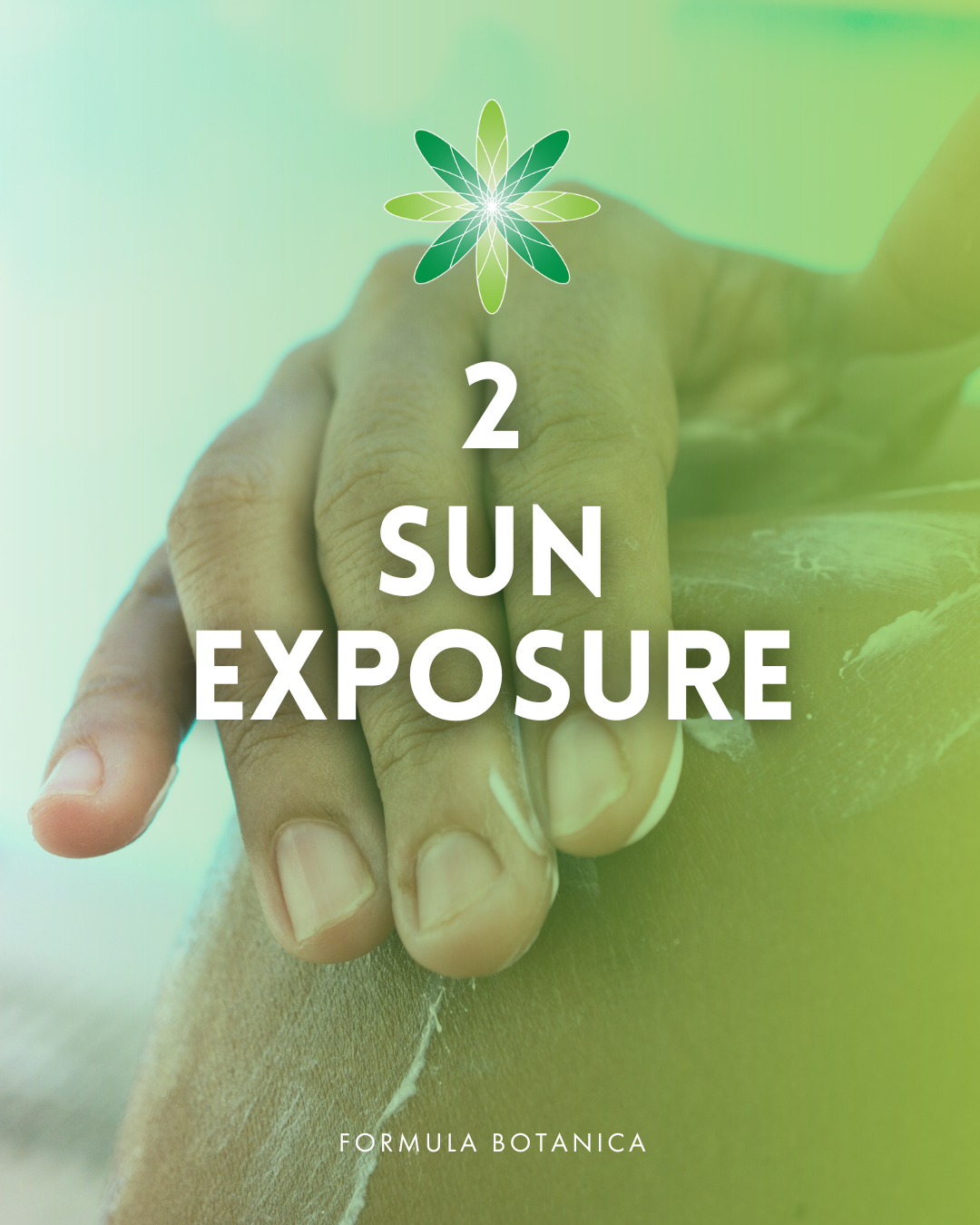
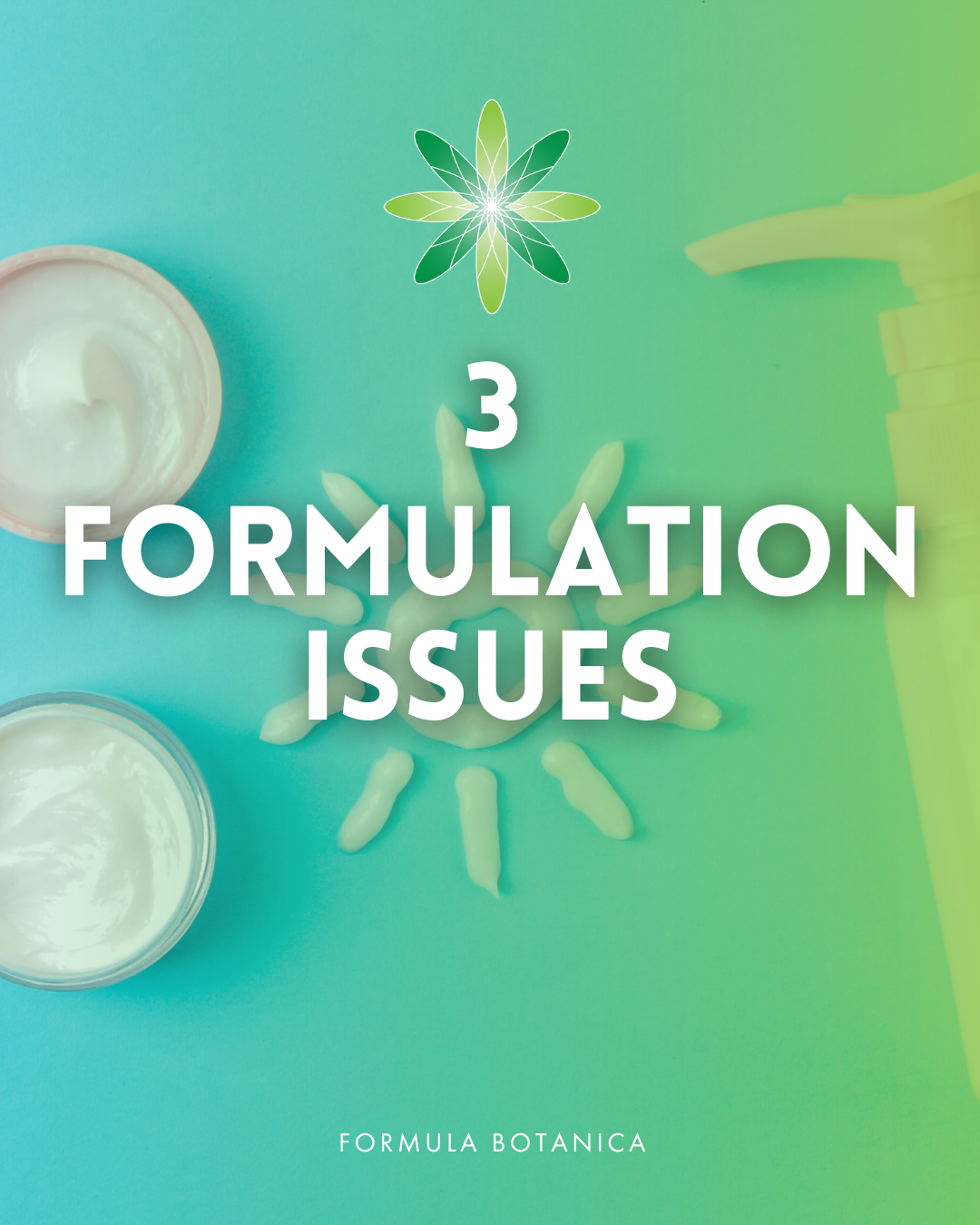
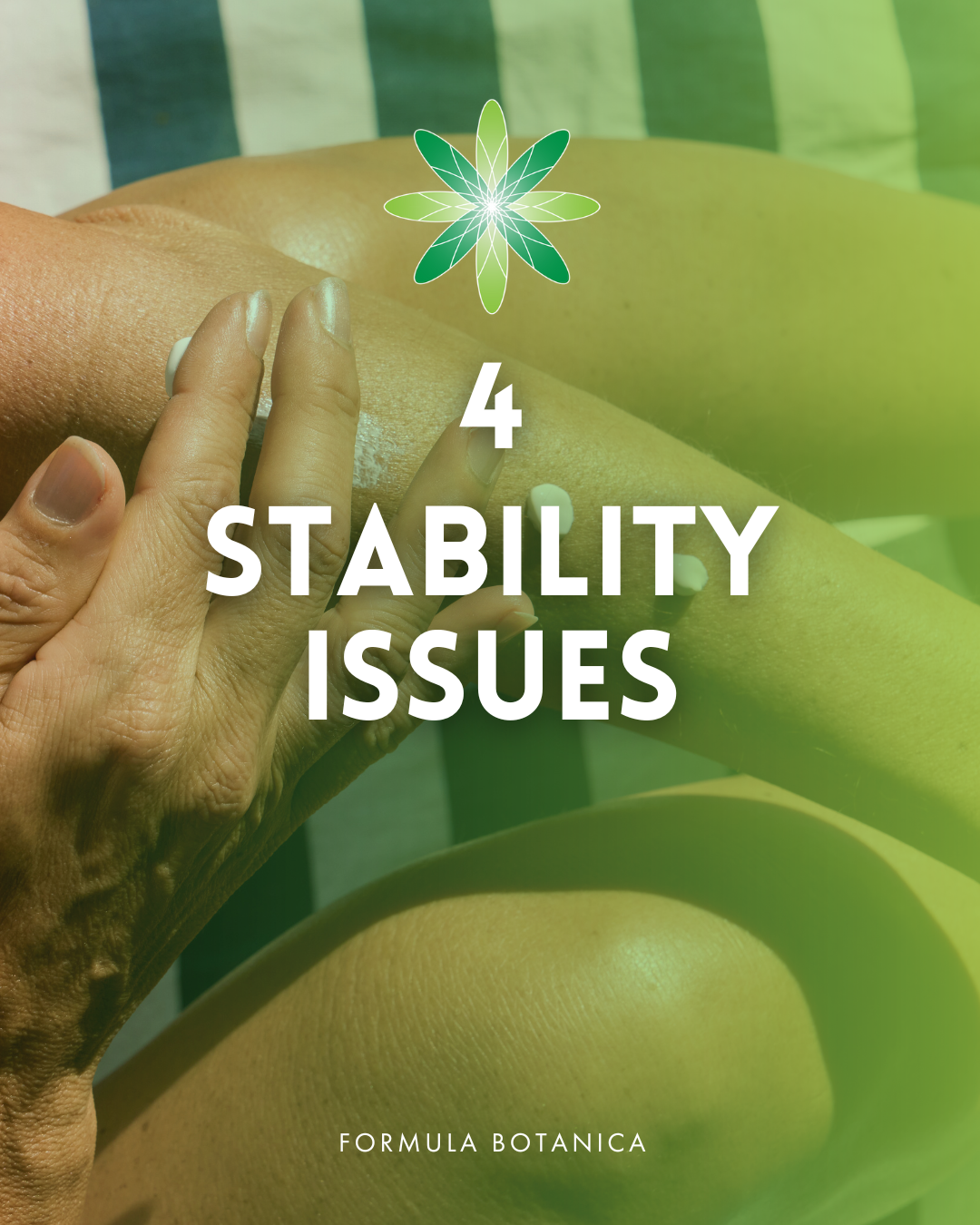
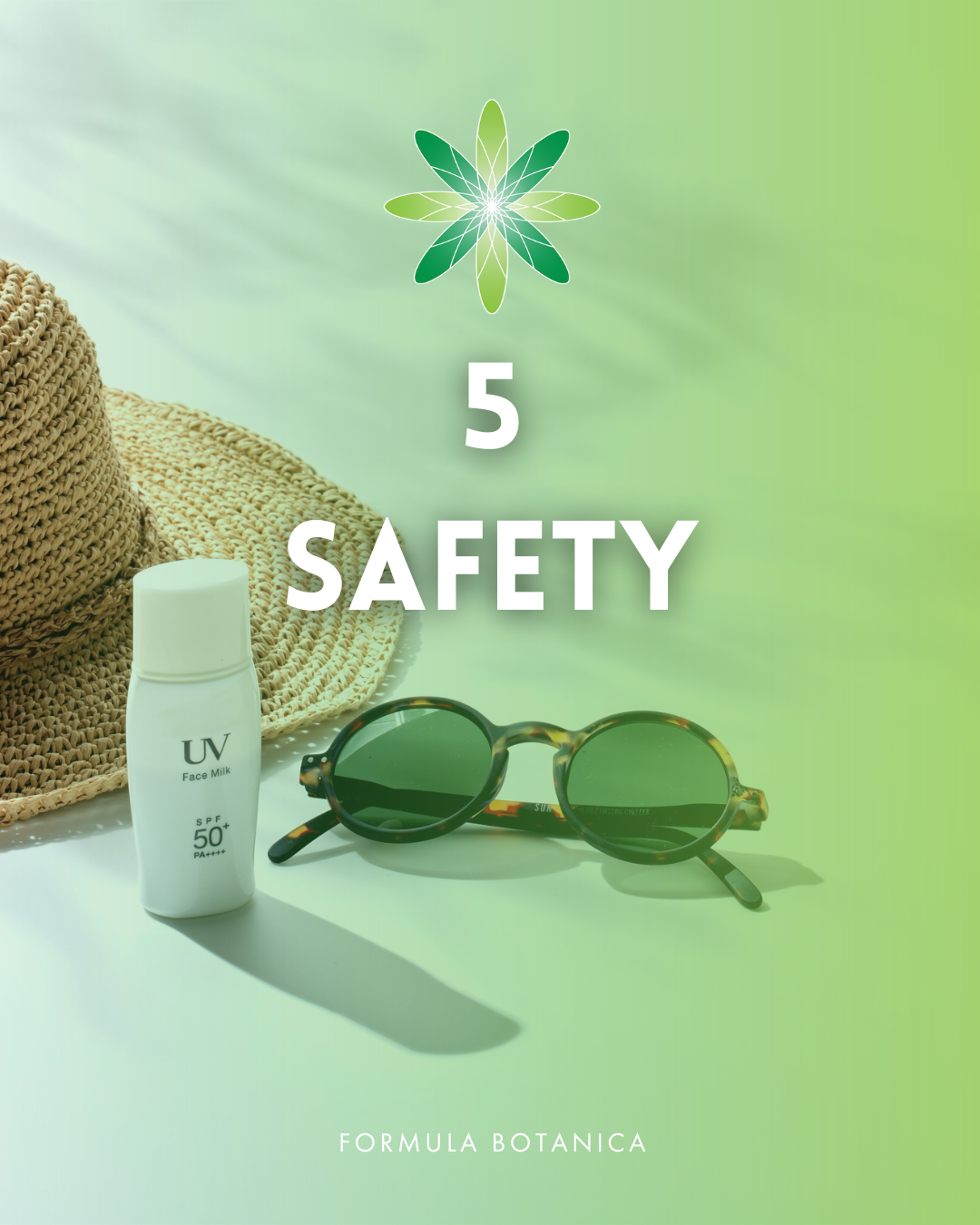




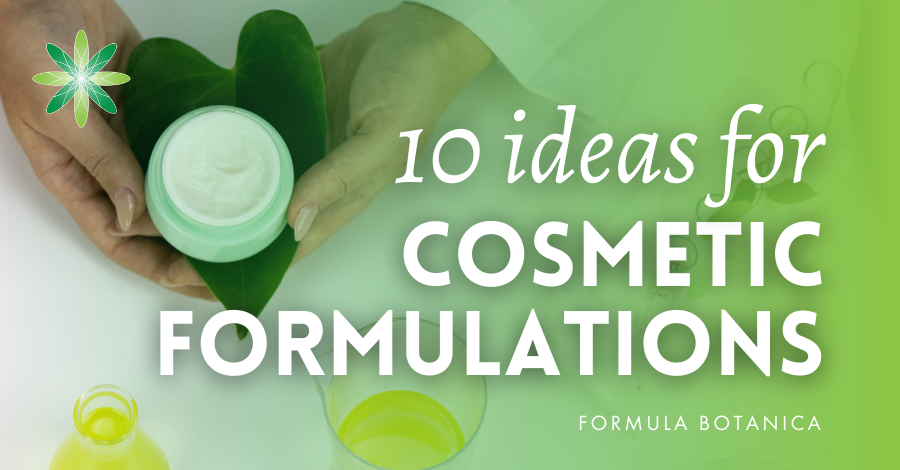



















[…] even skincare schools like Formula Botanica, who make their money by teaching people how to make organic skincare products, warn you against […]